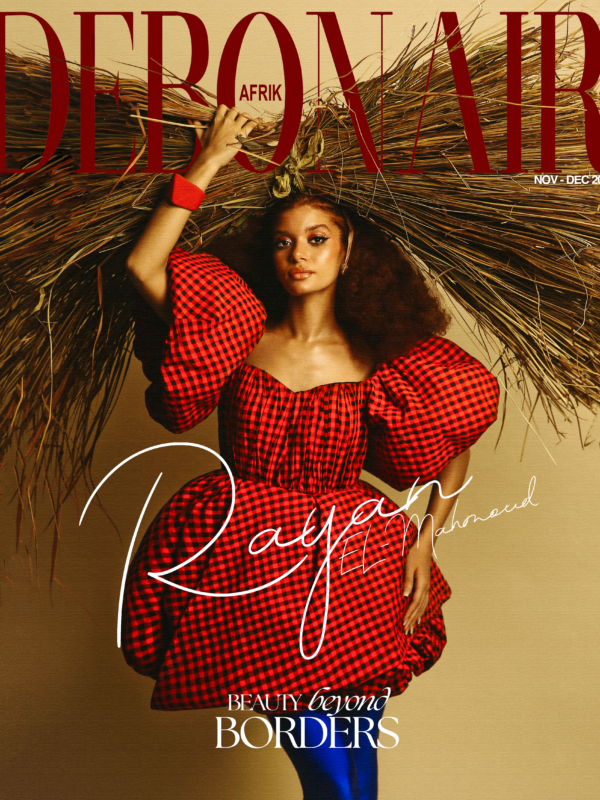Over the years, womens workwear has undergone remarkable evolution. This shift has reflected the changes of societal norms, cultural attitudes, and the shifting responsibilities and status of women.
This article delves into the significant milestones in the evolution of women’s workwear, emphasising how fashion has been both a mirror and a cause for societal change.
As more women entered the labour in the late nineteenth and early twentieth century, workwear reflected their practical needs. Suffragettes and working women both wore clothing that allowed for freedom of movement, such as fitted suits, shirtwaist blouses, and long skirts. These garments were not only functional, but also projected a sense of seriousness and professionalism.
The 1920s saw a shift in women’s fashion, with the rise of the flapper style and the impact of designers such as Coco Chanel. Women’s workwear became more loose and expressive, reflecting the growing independence and freedom of the “Roaring Twenties.” Hemlines rose, silhouettes relaxed, and women adopted a more androgynous look that questioned established gender conventions.
World War II had a significant impact on women’s workwear. Women assumed tasks typically occupied by men serving in the military. Utility clothing became the norm, with practical patterns and long-lasting textiles that could resist the rigours of wartime employment. Women’s workwear became a symbol of patriotism and tenacity, reflecting women’s significant contributions to the war effort.
The modern professional lady emerged in the 1950s and 1960s. Fashion icons such as Audrey Hepburn and Jackie Kennedy defined elegance and refinement. Women’s workwear grew more fitted and structured, focusing on clean lines and traditional designs. Skirts and dresses remained the norm, but they were coupled with tailored blazers and accessories that exuded authority and expertise.
The 1980s and 1990s saw the rise of power dressing. Women in the corporate sphere adopted a more forceful and powerful style. Shoulder pads, tailored suits, and bright colours became the uniform of the successful career woman, expressing women’s desire to make their presence known in male-dominated fields. This era also witnessed the rise of designers such as Donna Karan, whose “Seven Easy Pieces” concept transformed women’s workwear by providing versatile and interchangeable pieces that could be worn from the office to evening events.
Women’s workwear has evolved in the twenty-first century. It reflects the changing nature of the workplace and women’s roles within it. Casual Fridays and remote work have blurred the distinction between work and leisure wear. This has resulted in a more relaxed and adaptable attitude to dressing for work. Women now have more alternatives than ever before, with a diverse range of styles, colours, and fabrics to pick from. This allows them to show their unique style while also fulfilling the needs of their working lives.
Women’s workwear has evolved over time, demonstrating women’s resilience, ingenuity, and determination. Women have utilised fashion as a weapon for empowerment and self-expression, from suffragists fighting for the right to work to modern professionals determining the future of work. As we look ahead, it is evident that women’s workwear will continue to evolve, reflecting the ever-changing professional scene and the ongoing fight for gender equity.














